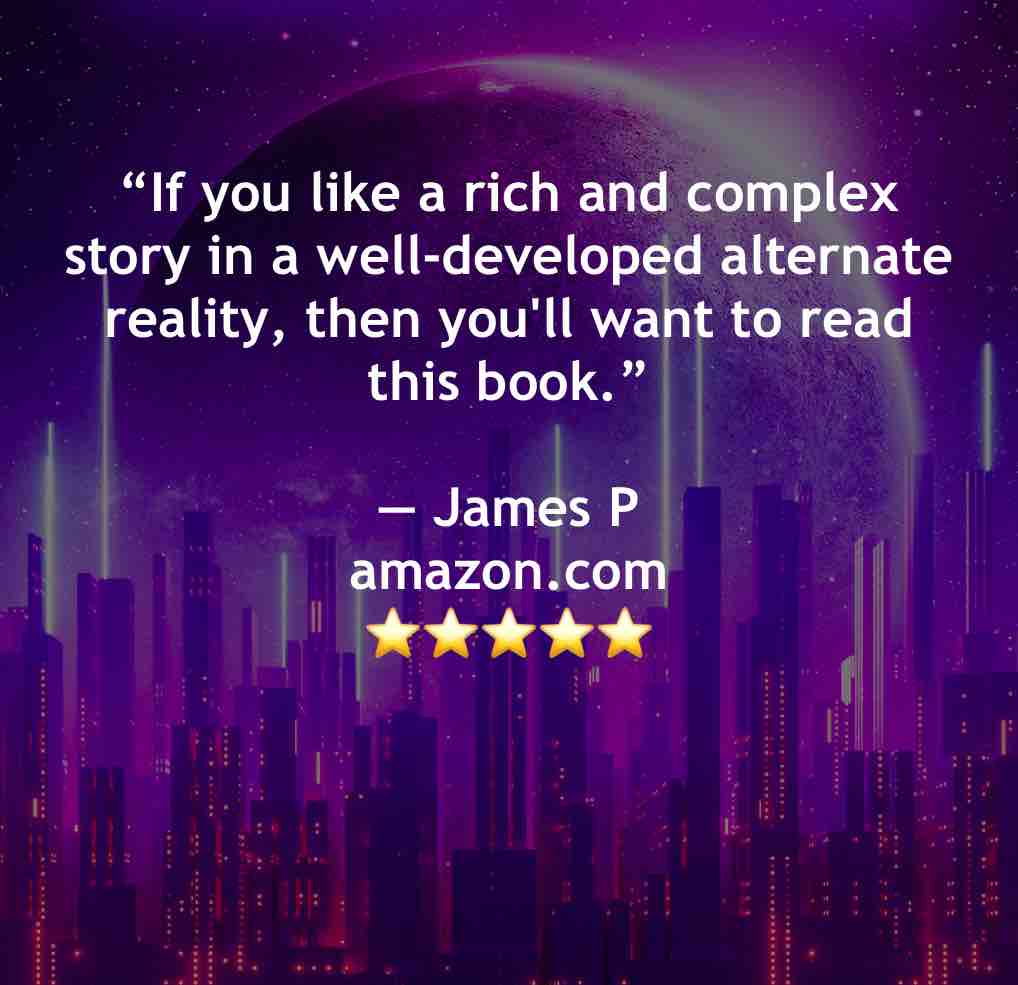2038: a devastating pandemic sweeps across the world. Two decades later, Britain remains the epicentre for the fornax variant, annexed by a terrified global community.
David Malik is as careful as any man to avoid contact with the virus. But when his sister tests positive as an asymptomatic carrier, she must relocate to Fornax Island to join the isolated population of contagious-untreatables.
Fortunately, the British prime minister’s latest manifesto includes reintegrating the islanders with the nation. Yet, he does not survive a visit to Fornax Island to unveil his new policies.
The military suspects one of its junior officers is responsible for his death. Malik seizes his chance to represent the possible assassin, allowing him to protect his sister. Yet within days of taking on the case, he finds himself accused of masterminding the assassination.
When Malik discovers that a foreign corporation is manipulating events on Fornax Island, it forces him to choose between self-preservation, his sister’s welfare, and the future of seven hundred thousand residents.
At the beginning of February 2060, Mount Erebus erupted, the first of a chain of Antarctic volcanoes that forever changed Earth’s future. Within days, sea levels began to rise, until sixty metres of water claimed coastlines worldwide.
Twelve-year-old Xin-yi and her mother fled their home, surviving amongst a community of rice farmers. A year later, a chance conversation with international census officials prepared her for a new life.
Now fourteen, Xin-yi commences her training as a visionary. It is her task to imagine a new Earth, rising above the drowning waters. Thousands of young people strive to design a world in which the displaced millions can live, and engineer a solution that will take a millennium to populate.
But Xin-yi’s challenges are more personal: coming to terms with the loss of her brother and unexpected feelings towards a friend. She has to choose between working to benefit humanity and her internal conflict with love.
Set over three decades after the 2060 flood, The Visionary combines dystopian, future and science fiction, and introduces the J.C. Gemmell’s Tion series.
A man reborn in his owner’s image.
A warrior disrupting a millennium of stability.
A beloved partner purges his recollections.
And a viral conspiracy, a marauding creature and two unlikely lovers…
‘In the Fullness of Tion’ is a collection of nine unpredictable stories about societal status, online dependency, aspiration and despair in an artificial world built on the ruins of drowned Earth.
Perfect for fans of Divergent, Snowpiercer and The Peripheral, Tionsphere will leave you stunned and curious about the limits of technology and the fragility of society.
A thousand years ago, mankind escaped the rising oceans by building Tion—an expansive network of concentrical spheres suspended above the flooded Earth. Designed as a haven for the elite, Tion promised salvation. But that promise has long since faded in the lower levels where the masses live.
Caitlyn is one of the many trapped in the Fives, where life is controlled by a crumbling global processing system that once kept Tion up and running efficiently. Now, as the system falters, chaos spreads, and the illusion of safety begins to shatter.
When Caitlyn accidentally discovers a daring conspiracy linking her with the shadowy figure Pazel, she realises that Tion’s collapse may not be a coincidence. It may have been planned all along.
As groups clash and the truth about Tion’s origins comes to light, Caitlyn must find her way through a world on the verge of destruction. Can she uncover all of Tion’s secrets in time to do something about it? Or will humanity’s last haven become its grave?
With its rich world-building, unforgettable characters, and an unsettling vision of the future, J.C. Gemmell’s Tionsphere is a must-read for fans of the dystopian and thrillers. This story is about endurance, loss, and the dangerous draw of dominance in a place where paradise was never meant to last.
When the promise of salvation becomes a prison, how far will you go to break free?
For a thousand years, people have lived within Tion’s concentric spheres, a marvel of engineering designed to save Earth’s inhabitants from the rising oceans. But the shelter has become suffocating. Movement is controlled, and surveillance is constant. Beneath the surface, rebellion stirs.
Mike is a licensed guide who can navigate Tion’s levels. Though he’s tried to move on, Mike’s past refuses to stay buried, forcing him to confront the choices that made him who he is.
When he encounters a group of maintainers who know Tion’s secrets, his carefully constructed life begins to fall apart. Mike discovers that the oceans are returning, threatening to crush the only hope mankind has left. And with Tion’s future hanging by a thread, Mike faces a danger that can destroy everything he holds dear.
As chaos erupts, scattered communities within Tion rise, challenging the system that has oppressed them for so long. With everything on the verge of collapse, Mike must face the one who once shaped his life and now controls the strings of Tion’s oppressive system.
With a pulse-pounding narrative, The Uprisers is a dystopian epic. It explores the fragility of humanity and the resilience of the human spirit. Be captivated by J.C. Gemmell’s masterful storytelling in this unforgettable second chapter of the Tion series.
The world is broken. Can humanity survive its own rescue?
Tion, Earth’s last sanctuary, has fallen into mayhem. The global processing service that once controlled its ecosystem is gone, leaving billions of people paralysed by data withdrawal. Chaos reigns as the spheres encircling the planet descend into anarchy, and survival becomes a brutal fight for supplies and control.
Heikapu—a former cop who’s gone rogue—is in pursuit of a lost biotechnology that could potentially save humanity, though her true motives remain her own. But she’s not the only one searching. The Votaries, a growing army of zealots, will stop at nothing to claim the biotech for themselves. Meanwhile, in the shadows, another group wants to resurrect the processing service, believing it to be mankind’s only chance at stability.
Amid the madness, rumours of a being with the power to repair the broken world emerge. Some see it as a god, others as a threat. As desperation mounts, Heikapu must decide: Will she fight for survival—or freedom?
Rich with tension and thought-provoking questions, Demiurge is a gripping exploration of the human drive to create—and destroy. Fans of Children of Time and Blindsight will be spellbound by J.C. Gemmell’s third instalment in the Tion series, a dystopian page-turner that asks: What is the price of hope in a broken world?














